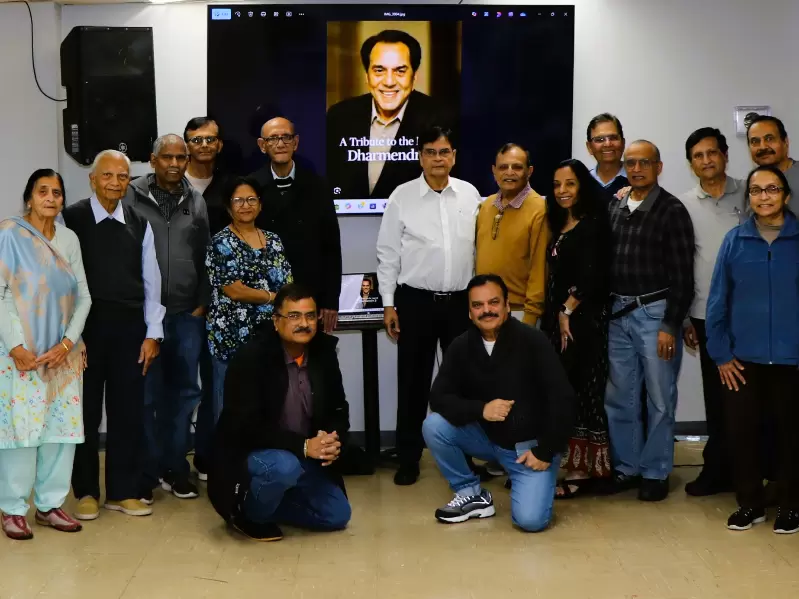Scientists find genetic ‘switches’ driving hidden disease pathways
The findings could enable the development of more accurate biomarkers, precision drug targets, and innovative applications in synthetic biology and agriculture.
 Representative image / Image- Unsplash
Representative image / Image- Unsplash
A new study has found that certain genes can work together like “switches” to turn on hidden pathways in cells, offering fresh clues about how diseases develop.
The breakthrough comes from a joint study by the Indian Institute of Technology Madras (IIT Madras) and the Technical University of Denmark. Their findings, published on August 27 in Nature Communications, provide a framework to understand how multiple genes interact to influence conditions such as cancer, diabetes, and neurodegenerative disorders.
Also read: Researchers discover naturally occurring DNA-protein hybrids
The research was led by IIT Madras PhD student Srijith Sasikumar and professor Himanshu Sinha, with Danish collaborators Shannara Taylor Parkins and Suresh Sudarsan.
Working with yeast models, the team showed that two genetic variants, MKT1(89G) and TAO3(4477C), jointly activated a dormant arginine biosynthesis pathway, while suppressing ribosome production. This created a “metabolic trade-off” that improved sporulation efficiency and revealed new dependencies on mitochondrial activity.
The study used a temporal multi-omics approach, combining transcriptomics, proteomics, and metabolomics, to capture not just which pathways changed, but also when and how.
“The implications of this discovery extend well beyond yeast. Many complex human diseases—including cancer, diabetes, and neurodegenerative disorders—arise from the interplay of multiple genes rather than single mutations. The IIT Madras study provides a mechanistic framework for studying these interactions systematically,” said Sinha.
The findings could enable the development of more accurate biomarkers, precision drug targets, and innovative applications in synthetic biology and agriculture. “It is like flipping two switches at once, suddenly a hidden backup circuit turns on, and the whole system behaves differently,” explained Sasikumar.
Researchers say the discovery marks a significant step toward personalized medicine, where treatments are tailored to an individual’s unique genetic background.
ADVERTISEMENT
ADVERTISEMENT
E Paper
Video



 Bhavana P
Bhavana P












Comments
Start the conversation
Become a member of New India Abroad to start commenting.
Sign Up Now
Already have an account? Login